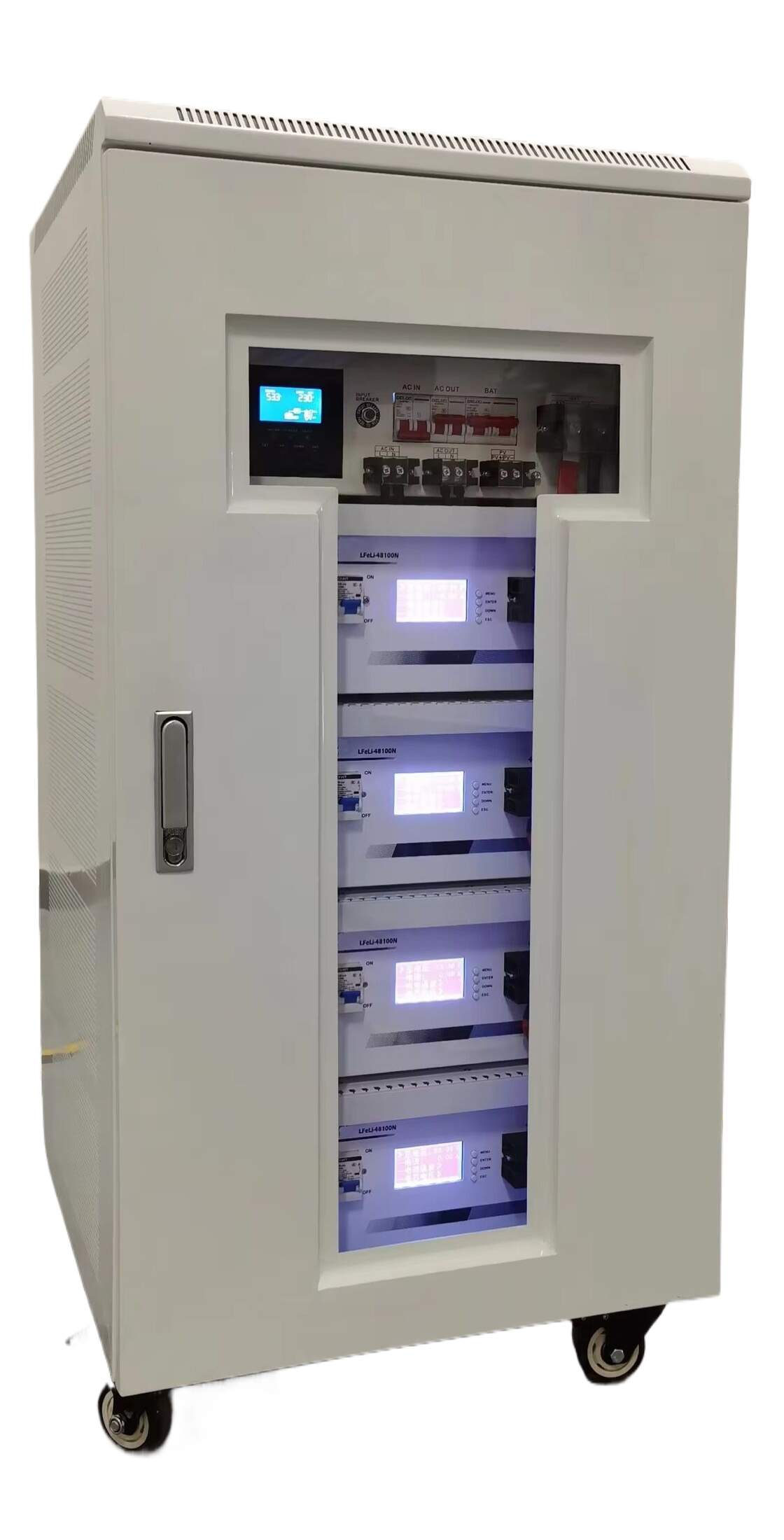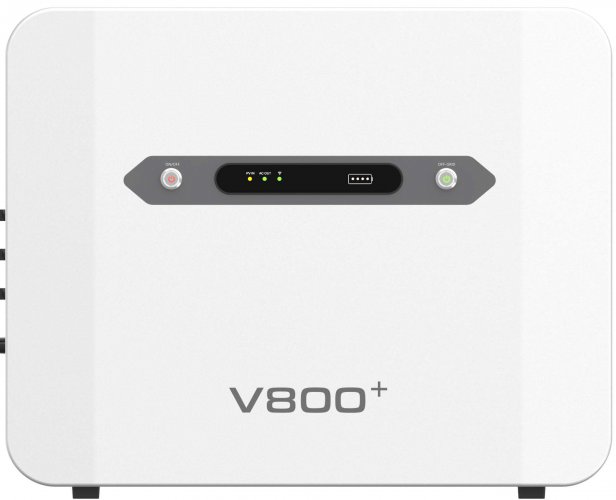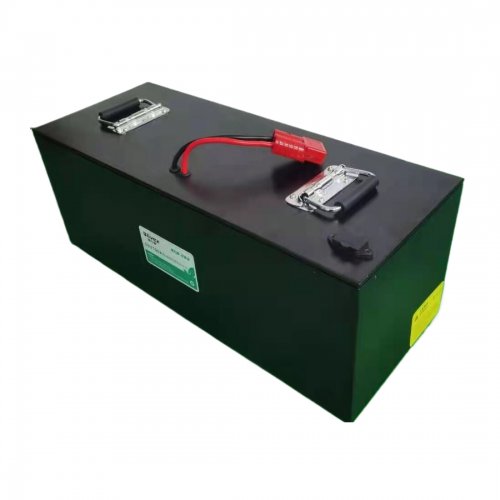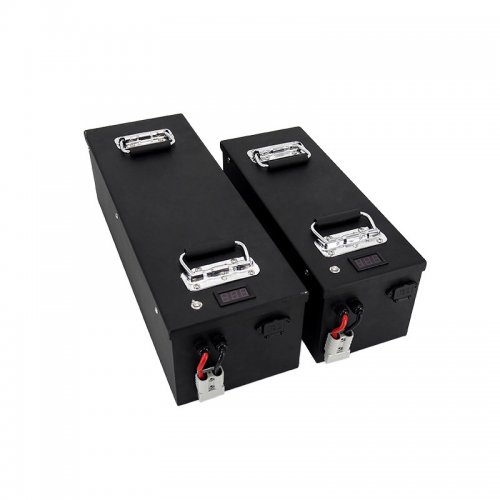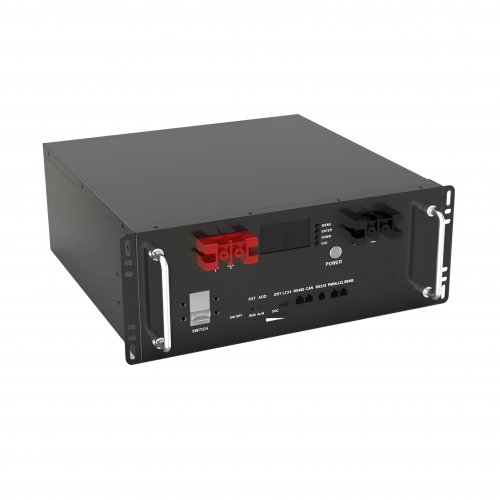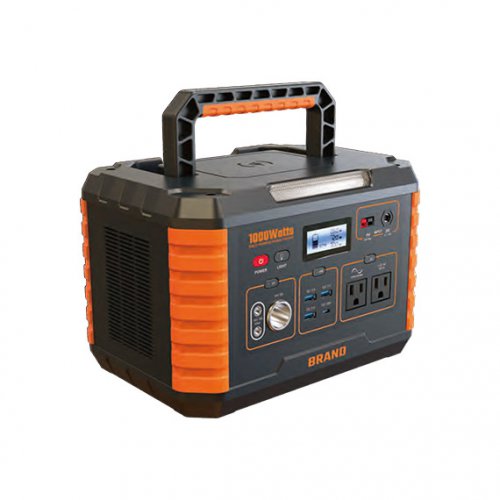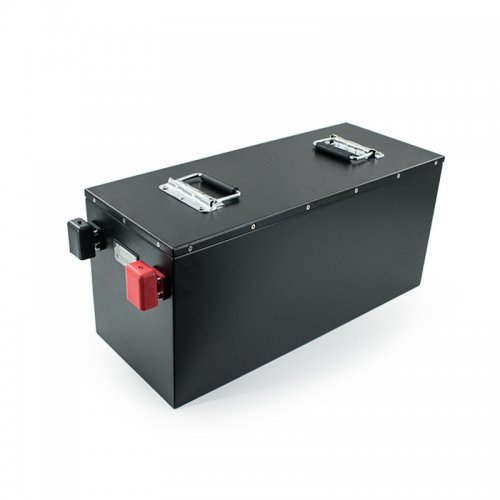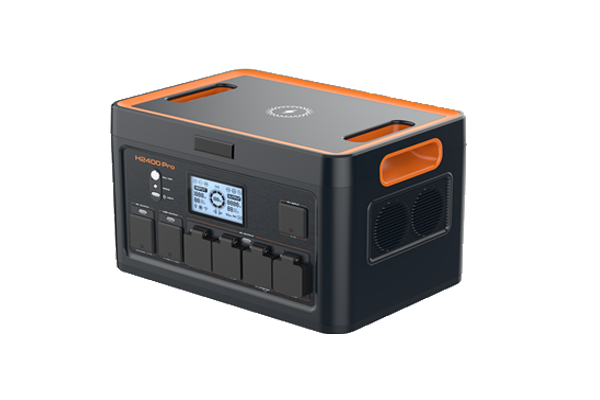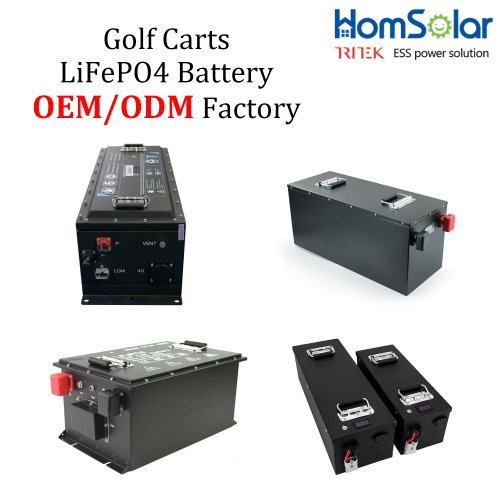Advances In Solid-state Synthesis: From High-throughput Automation To Predictive Materials Design
Solid-state synthesis, the cornerstone of inorganic materials science, has long been the primary method for creating crystalline compounds, from classic perovskites to complex intermetallics. Traditionally reliant on empirical knowledge and iterative "heat-and-beat" processes, the field is undergoing a profound transformation. Recent years have witnessed a paradigm shift, driven by the integration of automation, advancedin-situcharacterization, and data-driven methodologies. This evolution is accelerating the discovery and optimization of novel materials with tailored properties for energy, electronics, and quantum information applications.
The Automation and High-Throughput Revolution
A significant breakthrough lies in the automation and parallelization of synthesis workflows. Traditional methods, which are often slow and labor-intensive, are being supplanted by robotic systems capable of preparing and processing hundreds of samples simultaneously. High-throughput solid-state synthesis allows for the rapid mapping of complex phase diagrams and the exploration of vast compositional spaces that would be impractical manually. For instance, researchers at national laboratories and institutions are employing automated platforms to prepare powder mixtures, pelletize them, and subject them to a range of thermal profiles in controlled atmospheres.
This approach was powerfully demonstrated in the search for new double perovskite oxides. A study by Sun et al. (2019,Inorganic Chemistry) utilized a high-throughput robotic synthesis system to synthesize and characterize over 100 unique compositions in a single campaign. This systematic exploration rapidly identified promising candidates with targeted magnetic and electronic properties, showcasing how automation can compress years of work into months. The key advantage is not merely speed but the generation of large, consistent, and well-documented datasets that are essential for the next frontier: machine learning.
Probing Reaction Pathways withIn-SituTechniques
Understanding the often-complex mechanisms of solid-state reactions has been a long-standing challenge. The final product provides limited insight into the transient phases and intermediates that form during heating. The development and increased accessibility ofin-situandoperandocharacterization tools are providing an unprecedented, real-time view into these "black box" reactions.
Synchrotron-based X-ray diffraction (XRD) is at the forefront of this effort. By placing a reaction capsule inside a furnace or a high-temperature stage directly in the X-ray beam, scientists can track the evolution of crystalline phases as a function of time and temperature. This has revealed non-equilibrium intermediates, elucidated the role of molten salt fluxes in facilitating ion diffusion, and identified optimal synthesis conditions to avoid kinetic traps. McNally et al. (2021,Journal of the American Chemical Society) usedin-situsynchrotron XRD to unravel the complex multi-step reaction pathway in the synthesis of the battery cathode material LiNi0.8Mn0.1Co0.1O2 (NMC811), providing crucial insights for improving its crystallinity and electrochemical performance.
Complementing XRD,in-situtransmission electron microscopy (TEM) now allows for the direct observation of atomic-scale dynamics during solid-state reactions. By using specialized heating holders, researchers can watch, in real-time, as grains nucleate, grow, and transform, and as interfaces migrate. These direct observations are fundamentally revising our understanding of diffusion-controlled processes and nucleation mechanisms in solids.
The Rise of Predictive Synthesis and Machine Learning
The convergence of high-throughput experimentation andin-situdiagnostics is generating the fuel for a data-driven revolution: predictive synthesis. Machine learning (ML) models are being trained on vast datasets that combine synthesis parameters (precursor identities, milling time, temperature, atmosphere) with the resulting structural and property data. These models can then predict the optimal conditions to synthesize a desired material or even propose novel, synthetically accessible compounds.
Early successes include the prediction of formation energies and stable crystal structures. For example, Kim et al. (2020,Advanced Materials) demonstrated an ML-guided workflow that successfully predicted and synthesized several new ternary chalcogenides, significantly reducing the number of required experiments. The models learned from existing materials databases and were able to suggest promising compositional regions for experimental validation. This shift from empirical trial-and-error to a "synthesis-by-design" approach represents a fundamental change in the materials discovery pipeline.
Furthermore, ML is being used to uncover hidden "synthesis rules" that govern the success of a reaction. By analyzing text-mined data from thousands of scientific papers, algorithms can identify non-intuitive relationships between precursor properties, processing conditions, and the likelihood of forming a phase-pure product. This moves the field towards a more quantitative and mechanistic understanding of solid-state chemistry.
Future Outlook and Challenges
The future of solid-state synthesis is intelligent, integrated, and autonomous. We are moving towards closed-loop "self-driving" laboratories, where an AI platform designs experiments based on a target objective, robotic systems execute the synthesis and characterization, and the resulting data is fed back to the AI to refine its model and plan the next iteration. This will dramatically accelerate the discovery of materials for urgent applications such as solid-state electrolytes for all-solid-state batteries, high-temperature superconductors, and novel quantum materials.
However, significant challenges remain. The quality and standardization of data are paramount; "garbage in, garbage out" is a fundamental principle in machine learning. The community needs to adopt standardized data formats and metadata reporting for synthesis protocols. Additionally, while high-throughput methods are powerful, they often work with small sample quantities, and scaling up to bulk synthesis while maintaining phase purity and desired microstructure remains a non-trivial step. Finally, modeling the complex interplay of thermodynamics and kinetics in multi-component solid-state systems requires continued development of more sophisticated multi-scale simulations.
In conclusion, solid-state synthesis is shedding its traditional empirical skin and emerging as a modern, quantitative science. The synergy between automation, advanced characterization, and artificial intelligence is not only making materials discovery faster but is also providing a deeper fundamental understanding of how materials form. This powerful combination promises to unlock a new generation of functional materials, paving the way for technological advancements across the energy and information sectors.
Customized/OEM/ODM Service
HomSolar Supports Lifepo4 battery pack customization/OEM/ODM service, welcome to contact us and tell us your needs.


HomSolar: Your One-stop LiFePO4 Battery Pack & ESS Solution Manufacturer
Our line of LiFePO4 (LFP) batteries offer a solution to demanding applications that require a lighter weight, longer life, and higher capacity battery. Features include advanced battery management systems (BMS), Bluetooth® communication and active intelligent monitoring.

Customised Lithium Iron Phosphate Battery Casing
ABS plastic housing, aluminium housing, stainless steel housing and iron housing are available, and can also be designed and customised according to your needs.

HomSolar Smart BMS
Intelligent Battery Management System for HomSolar Energy Storage System. Bluetooth, temperature sensor, LCD display, CAN interface, UART interface also available.


Terminals & Plugs Can Be Customized
A wide range of terminals and plugs can be customised to suit the application needs of your battery products.

Well-designed Solutions for Energy Storage Systems
We will design the perfect energy storage system solution according to your needs, so that you can easily solve the specific industry applications of battery products.



About Our Battery Cells
Our energy storage system products use brand new grade A LiFePO4 cells with a battery lifespan of more than 4,000 charge/discharge cycles.



Applications in Different Industries
We supply customized & OEM battery pack, assemble cells with wiring, fuse and plastic cover, all the cell wires connected to PCB plug or built BMS.
Applications: E-bike, Electric Scooter, Golf Carts, RV, Electric Wheelchair, Electric Tools, Robot Cleaner, Robot Sweeper, Solar Energy Storage System, Emergency Light, Solar Power Light, Medical Equipment, UPS Backup Power Supply.
We can provide you with customized services. We have the ability to provide a vertical supply chain, from single cells to pack/module and to a complete power solution with BMS, etc.


HomSolar (Shenzhen) Technology Co., Ltd







